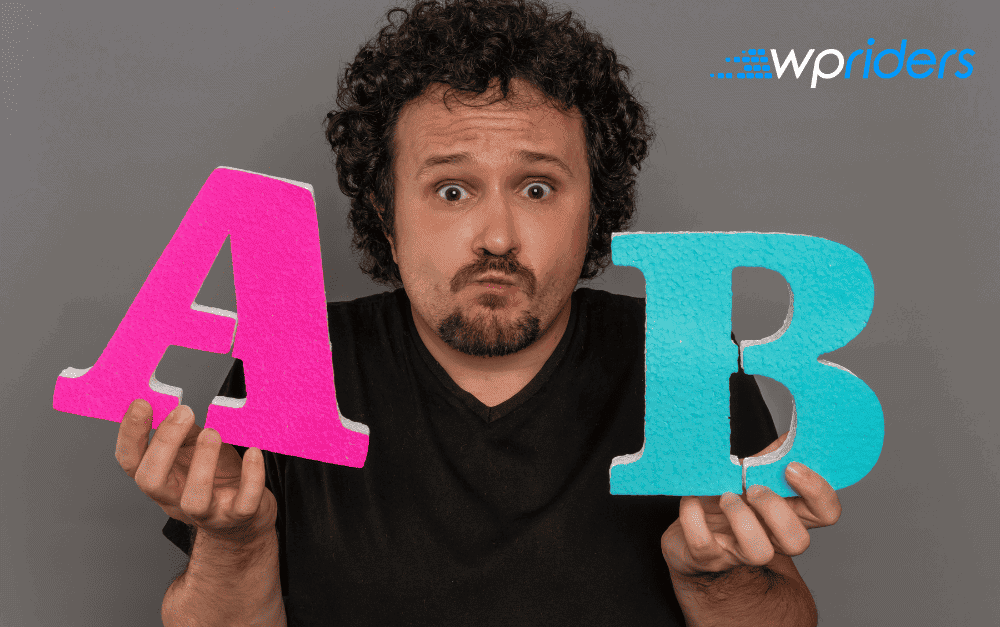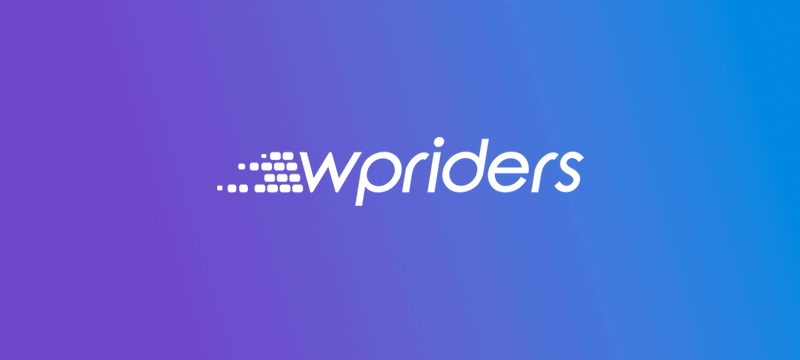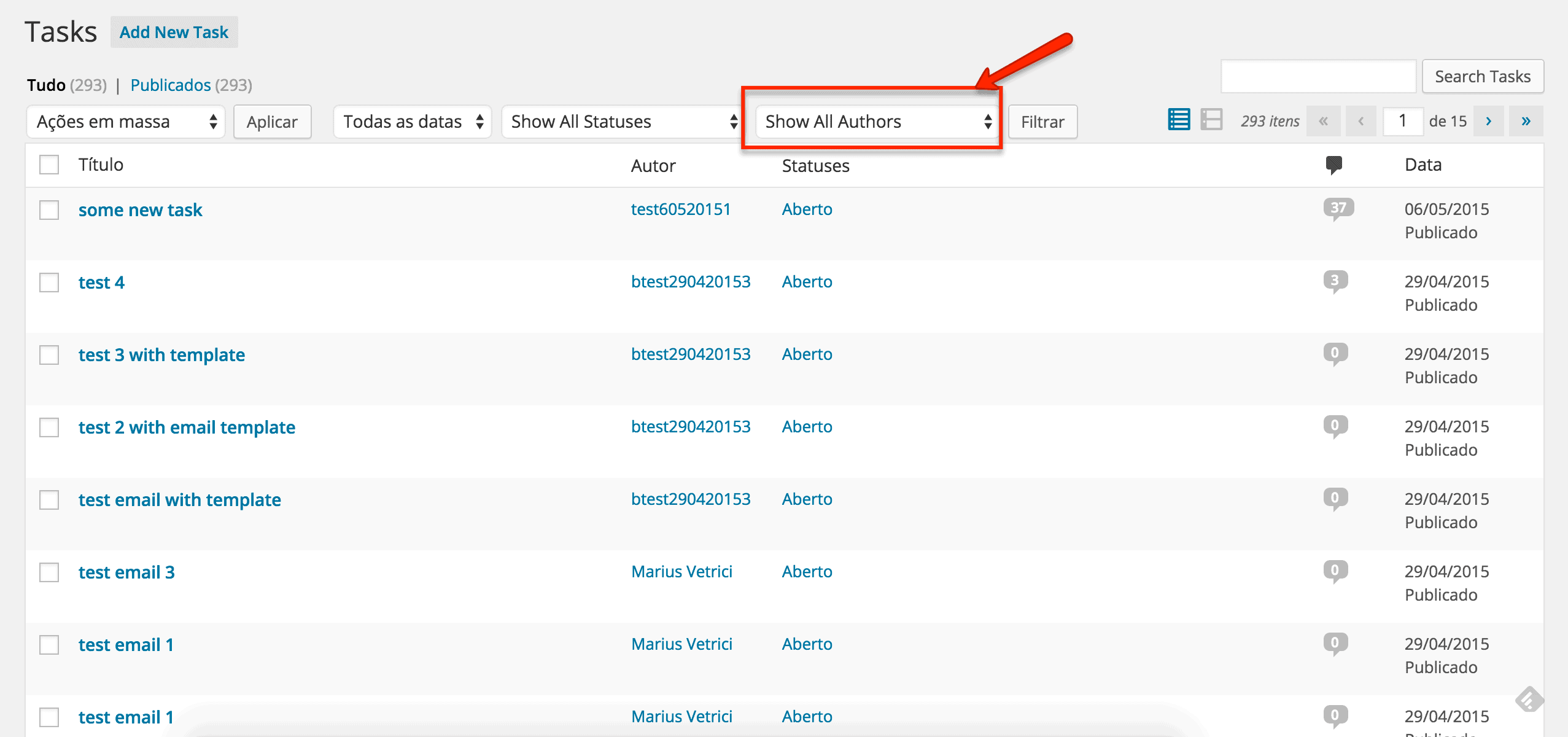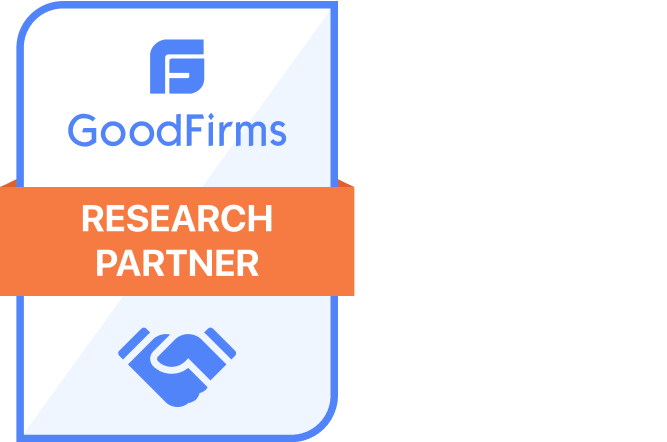Want to drive more conversions and sales from your WordPress website? Optimizing WordPress for conversions should be at the top of your priority list—starting with your landing pages.
Your landing pages are often the first touchpoint for capturing leads and customers. If they’re not designed for conversions, you’re likely leaking leads and missing out on potential sales.
The good news is that optimizing WordPress for conversions doesn’t have to be complex. With a few strategic adjustments and proven CRO techniques, you can dramatically improve how effectively your site turns visitors into customers.
For example, HubSpot research finds that “Personalized CTAs convert 202% better than default versions.” Thoughtfully crafted microcopy that’s personalized to the reader and highlights benefit-focused CTAs for each offer can have a huge impact.
And this is just one of the many ways to optimize your website conversions.
In this article, we’ll share actionable CRO tips for optimizing WordPress for conversions, specifically on landing pages, to help you turn more visitors into leads and customers. Whether your goal is to boost conversions for an ebook download, a product purchase, or a lead generation offer, these best practices will guide you toward better results and a higher-performing WordPress site.
Let’s dive in!

Optimize Page Load Speed
Let’s start with one of the most critical elements for any landing page—page speed. Simply put, slow page speeds are conversion killers.
Even an incremental delay can cause a noticeable drop in conversions. According to research by Akamai, a one-second delay in page load time can reduce conversions by 7%. This is supported by findings that “40% of visitors will abandon a website that takes longer than 3 seconds to load.”
For eCommerce sites, even minor delays can cause sales to drop by double digits. The takeaway is clear—fast page speed is essential for converting website visitors into leads and customers.
Online tools such as Google PageSpeed Insights, GTMetrix, and Pingdom allow you to monitor and test your website’s performance, providing useful insights to identify where your website needs improvements.
Tips to accelerate your WordPress site speed
Here are some proven tips to accelerate your WordPress site speed, especially on landing pages:
- Install a caching plugin like WP Rocket to significantly boost load times by storing cached page versions. Just make sure to clear caches when you update pages.
- Optimize images by compressing sizes, using responsive formats, and removing any unnecessary images. ShortPixel Image Optimizer will do the work just fine.
- When optimizing WordPress for conversions you need to reduce HTTP requests by minimizing the number of files and images your web page has to load. Too many requests can slow things down.
- Enable browser caching, which can be done via a caching plugin like WP rocket, so resources are loaded from the browser cache rather than re-downloading each time.
- Combine and compress CSS, JavaScript, and HTML files through a plugin like WP Super Minify. This streamlines files for faster loading.
- Consider using a CDN like Cloudflare to deliver content as quickly, cheaply, reliably, and securely as possible, by caching content close to end users.
With these optimizations, you can cut page load times in half or more. Faster page speed means a better user experience and higher conversion rates. Remember, every millisecond counts when it comes to landing page response times.
Optimizing WordPress for Conversions: Focus on Simplicity and Clarity
When it comes to landing page design, less is often more. Simplicity and clarity should be your goals.
Cluttered pages with too many design elements, graphics, options, and distractions make it harder for visitors to focus on your call to action. If it takes too much effort to digest the information, they’ll leave.
Practical tips for keeping your WordPress landing pages simple and clear:
- Remove anything unnecessary including extra navigation links, widgets, and plugins. Declutter as much as possible.
- Use negative space and white space between elements and around text to reduce visual clutter. Aim to make it as clean and simple as possible.
- Limit choices and reduce friction; don’t make visitors think too much or click too many times to convert.
- Make your unique selling proposition (USP) and primary CTA clear on the page. These should stand out.
- Use copywriting best practices like short paragraphs, scannable bullet points, and clear language that resonates with your audience.
- Optimize layout aesthetics with visual hierarchy, contrast, typography, and positioning to guide the viewer’s eye and attention.
- Highlight benefits that resonate with your audience (why) rather than just product features (what). Communicate value clearly.
- Use videos, infographics, and other visual content selectively. Don’t let supportive elements overpower the core elements of the page.
In conclusion, keeping landing pages focused and simplifying the user experience removes obstacles that might prevent conversions. Less clutter and confusion means higher engagement.

Create Captivating Headlines and Sub-Headlines
Your headline is one of the most vital elements for landing page conversions. This is your first chance to capture attention and communicate the core benefit of your offer.
Did you know that on average, 8 out of 10 people will read headline copy, but only 2 out of 10 will read the rest? This makes your landing page headline the most important line on the page.
An effective landing page headline will:
- Clearly and succinctly convey the primary benefit of your offer
- Target your ideal customer and appeal to their needs/wants
- Stand out on the page and grab the viewer’s attention
- Use keywords your audience would search for
- Be short and scannable while communicating impact
- Be as specific and focused as possible
For example, “10 Pro Tips to Grow Your Instagram Following”, is more compelling than “My Instagram Guide.”
Another effective headline formula examples include:
- “How to [achieve result]”
- “Get [primary benefit] by [doing action]”
- “[Number] [benefits] of [action]”
In addition, HubSpot found that “headlines with a bracketed clarification, e.g. “The Definitive Guide to Business Blogging [New Data]” performed 38% better than titles without that clarification.”
You could also include a sub-headline or brief paragraph to provide more detail on what the offer contains. This provides additional context.
Test different headline and sub-headline combinations using WordPress plugins like OptinMonster or Hello Bar. Look at which variations drive the most clicks and conversions and refine based on the data.
An optimized headline can significantly boost conversions, so take the time to craft page titles that truly compel visitors to click and convert.

Structure Content With the Reader in Mind
The rule of thumb in communication is simple: put yourself in the reader’s shoes.
It’s not about what you want your readers to know, it’s about giving them the information they’re seeking. The focus should always be on your readers’ needs and wants, not yours.
When structuring your landing page content, consider how your target audience will consume information and what they need to convert.
In order to generate maximum conversions:
- Organize information in a logical order that builds to your CTA. Start with a hook, explain key details, address concerns, and end with a CTA.
- Break down content into scannable sections with descriptive headers and subheaders. Don’t use long blocks of dense text.
- Use bullet points, numbered lists, bold text, and other formatting for quick skimming.
- Place your unique value proposition and key details “above the fold” so they are upfront and visible without scrolling.
- Use visuals like infographics, charts, images, and videos to illustrate and break up text-heavy sections.
- Make sure vital information is easy to find by structuring content strategically. Don’t hide important details.
- Use white space between sections and keep sidebars/boxes minimal to avoid clutter.
Optimizing how you present and structure your landing page content for the ideal reader will remove friction and facilitate conversions. Always prioritize the reader experience.
Use Personalized Calls-to-Action
Your calls-to-action (CTAs) are the buttons, links, or offers prompting visitors to take your desired action. CTAs convert visitors into leads and customers.
Follow these best practices for creating high-converting CTAs:
- Lead with a strong action verb like “Get”, “Download”, “Register”, etc.
- Use specific benefit-focused language tailored to your offer. For example, “Download My Free Social Media Marketing Guide” instead of just “Submit”.
- Make CTAs stand out through contrasting colors, larger sizes, and strategic placement.
- Test CTA language, design variations, and placements to see what resonates best with your audience.
- Use exit-intent popups and scroll-triggered CTAs to capture abandoning visitors.
- Provide CTAs throughout the visitor journey—product pages, blog posts, navigation.
- Personalize CTAs with the visitor’s name, company, or other custom details as much as possible.
Optimizing your CTAs for clicks and conversions takes testing and refinement. Pay close attention to CTA copy, design, placement, and the overall user experience. More clicks directly translates to more conversions!
Install Conversion Tracking
How will you know which landing page optimizations are increasing your conversions if you aren’t tracking conversions?
Implementing tracking is essential for measuring landing page performance and identifying what’s working. The best free tool for conversion tracking on WordPress is Google Analytics. It’s easy to set up and provides in-depth analytics to identify the key aspects of your page performance that need improvement.

Optimizing WordPress for Conversions: Perform A/B Testing
One of the most effective ways to optimize your WordPress landing pages for more conversions is through A/B testing. A/B testing involves creating two versions of a page and comparing the performance of each based on conversions.
Some elements on the landing page you can A/B test:
- Headlines and subheadings
- Page layouts
- Content structure
- Image use and placements
- CTAs (design, copy, placement)
- Form fields and lengths
- Offers and messaging
WordPress plugins like Optimizely or Convert.com make it easy to conduct A/B tests without coding knowledge.
To start A/B testing your landing pages:
- Identify the element you want to test: headline, CTA, layout, etc.
- Create a versions A and B alternatives for testing.
- Use a plugin to split test traffic between the two variants.
- Run the test until there is a clear “winner” based on conversions.
- Make the better-performing version live on your page.
Rinse and repeat to continually refine your pages over time. Even small tweaks can lead to conversion lift.
Drive More Conversions With Optimized Landing Pages
Optimizing your WordPress landing pages for higher conversions is one of the best things you can do to grow your business online.
With these design, content, and technical CRO tips, you now have an action plan for creating high-converting pages that turn your website visitors into leads and customers.
Focus on speed, simplicity, compelling headlines, strong CTAs, conversion tracking, A/B testing, and structuring pages with your target visitor in mind.
By continually testing and optimizing your landing pages, you’ll see your conversions steadily rise in time. More conversions directly translate to more revenue and business growth.
Need expert help to optimize your WordPress website and landing pages? Check out our custom WordPress website development services or our plugin development services. Get in touch today to boost conversions and maximize growth with a custom-designed, high-performance WordPress site.









